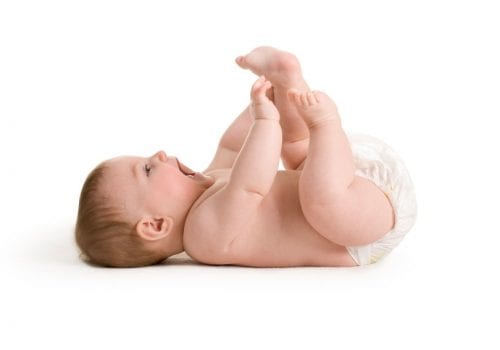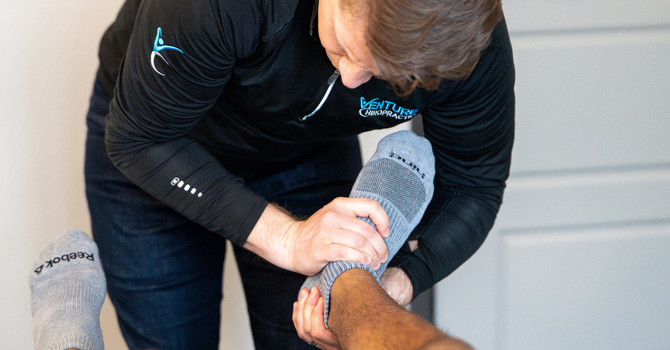
You have finally had enough and are tired of not feeling well. You have been dealing with lingering lower back pain a year after having your baby. Where do you begin? You deserve to feel better and it is okay to make time for yourself. Often starting is the hardest part. Commit and keep going. You don’t have to be newly postpartum to benefit from these movements.
Most beginning exercises do not require a lot of equipment. You can accomplish a lot with body weight. Creeping, crawling or rolling positions are the foundation to start and you can then advance to more complex movements like kneeling, standing, walking, and tripod movements. While performing these exercises it is important to correct your movement patterns and train your mind to do it properly and automatically. Where there are abnormal movement patterns, tight muscles, and often pain there may be an underlying stability issue that needs addressing. It is important to improve one’s overall spinal stability and balance to improve body-mind awareness.
So what do some of these movements look like?
**Image credited to The Prague School and Dynamic Neuromuscular Stabilization.
Infant development begins with moving from a tummy position with elbow support at 3 months to rolling onto the side with support at 5 months, side sitting with hip support at 8 months, then transitioning into crawling, tripod position at 11 months onto squatting, then walking around 12 months, and creating more complex movements after 12 months.
Start moving like how babies learned to move those first two years of life. Where you begin may look different for each person, but it is important to get the foundation correct in the beginning. If you do not know how to breathe properly, cannot feel your muscles engage in the correct way your progress will plateau or you may injury yourself. One tight muscle or one joint not moving properly will affect the entire chain or body. If you are at home with your little one, look to them as your personal trainer and practice movements with them. We would be happy to help make sure you are performing the movements properly and engaging the right muscles. We are always here to help you feel better, move better, and be a better you!
–Melanie Dockter DC CACCP



